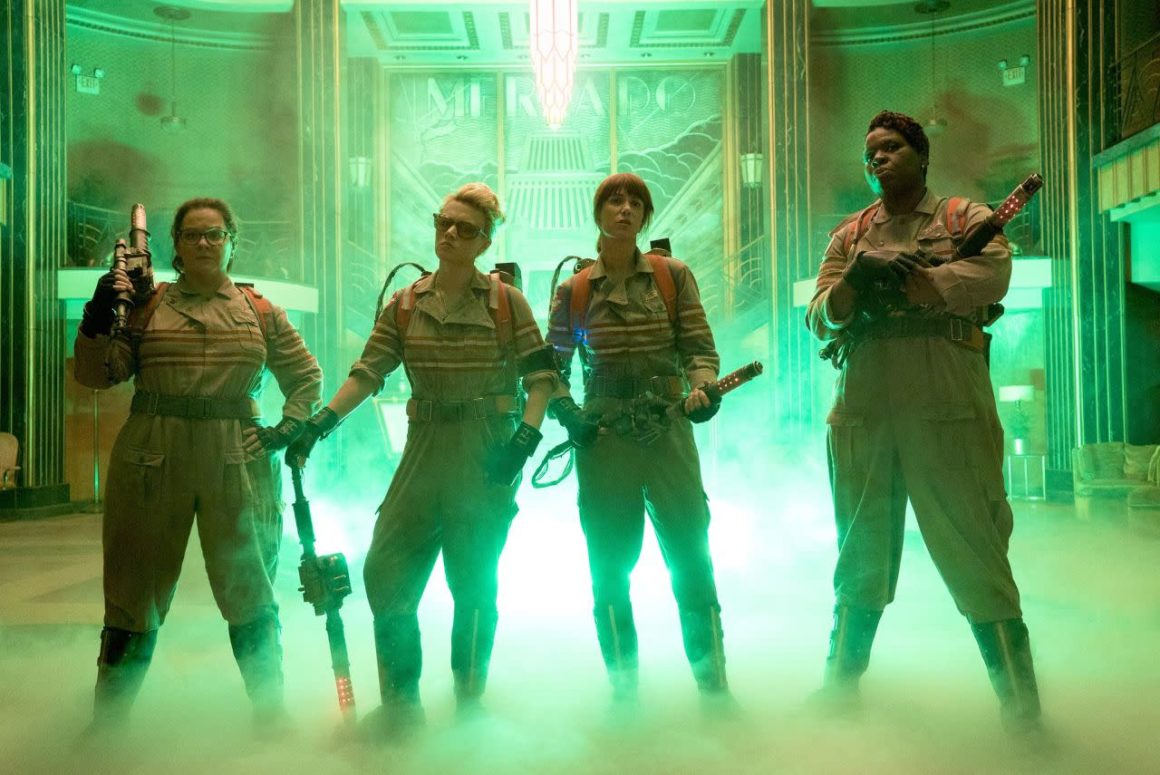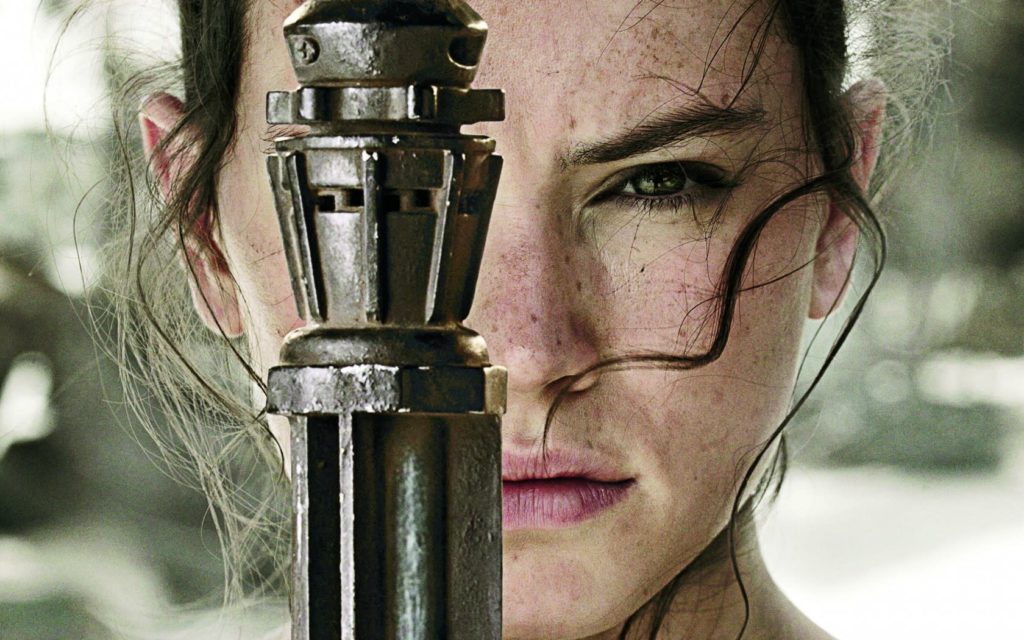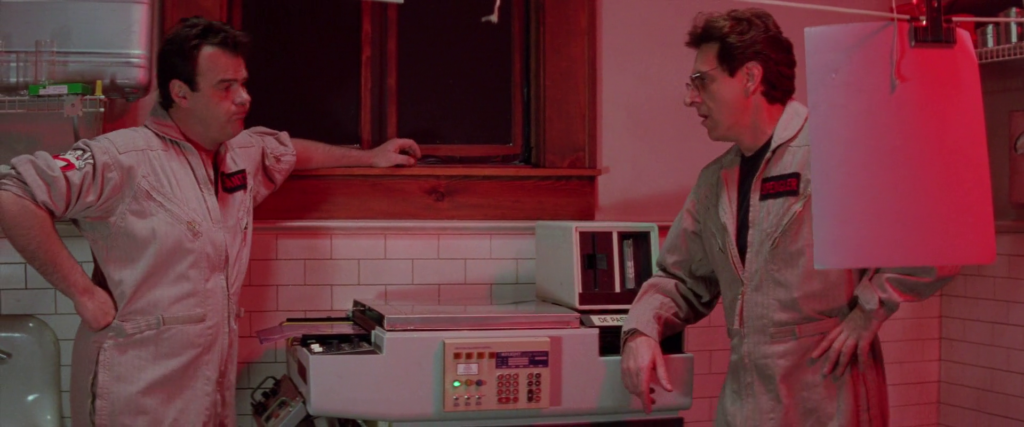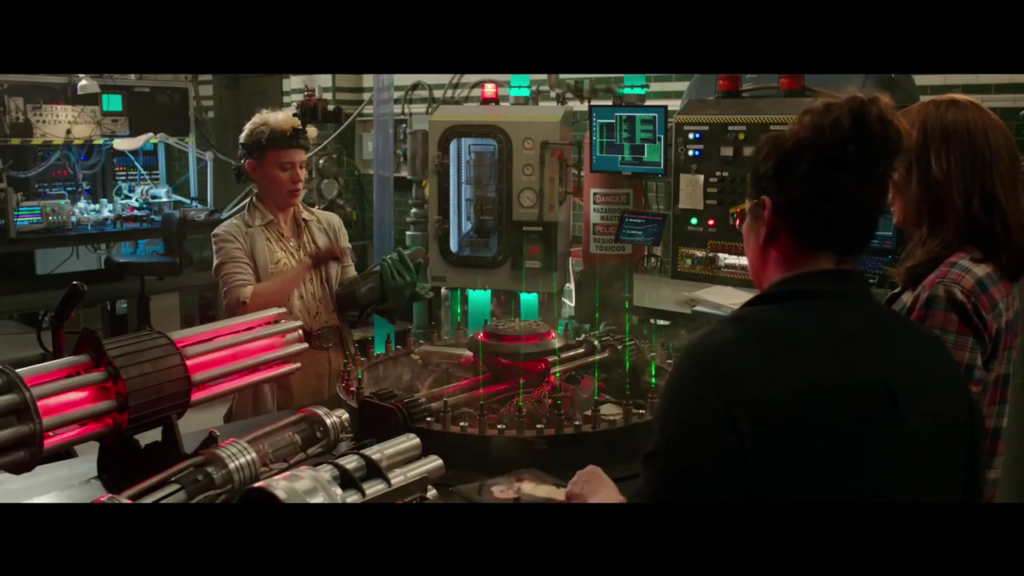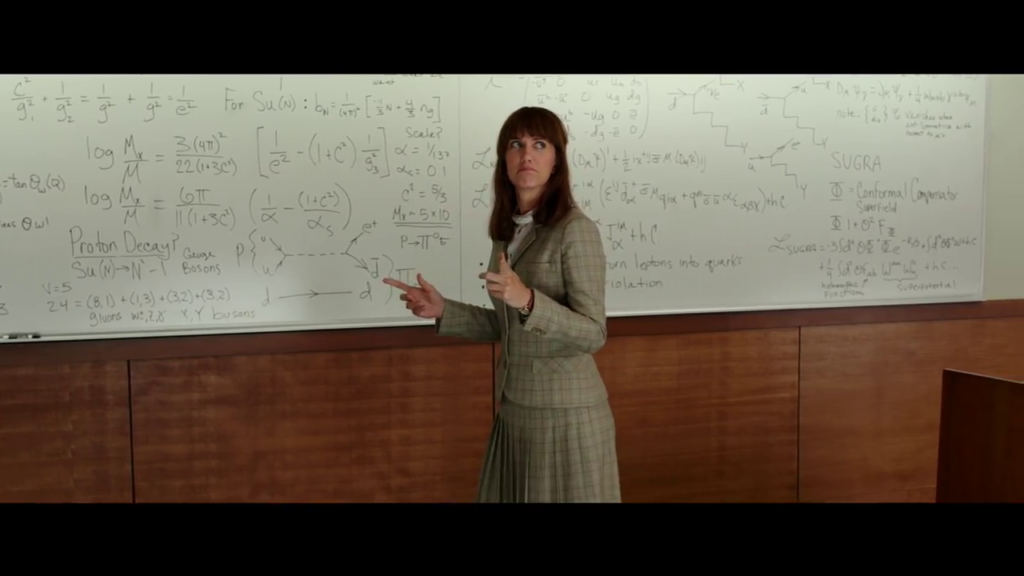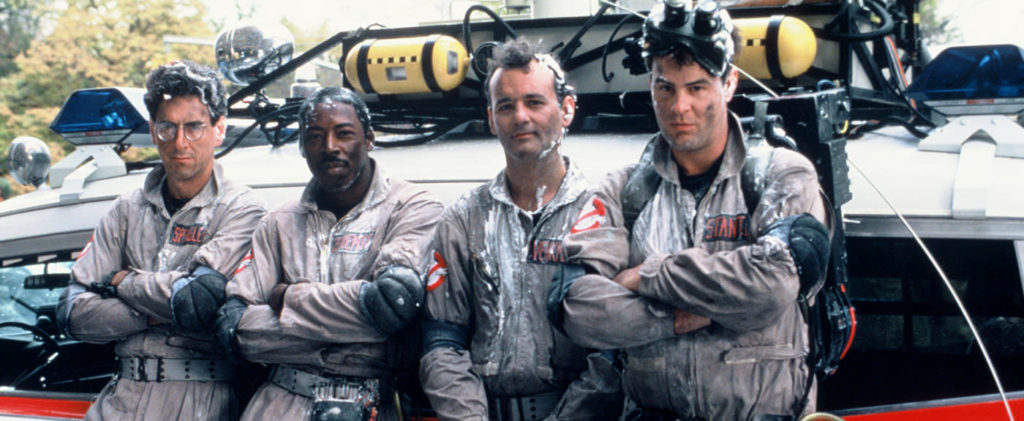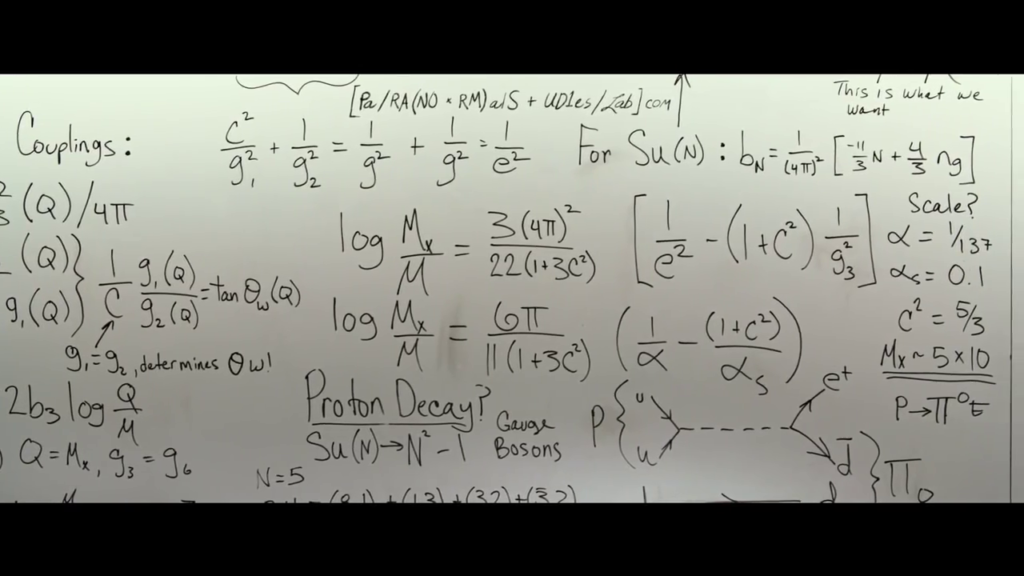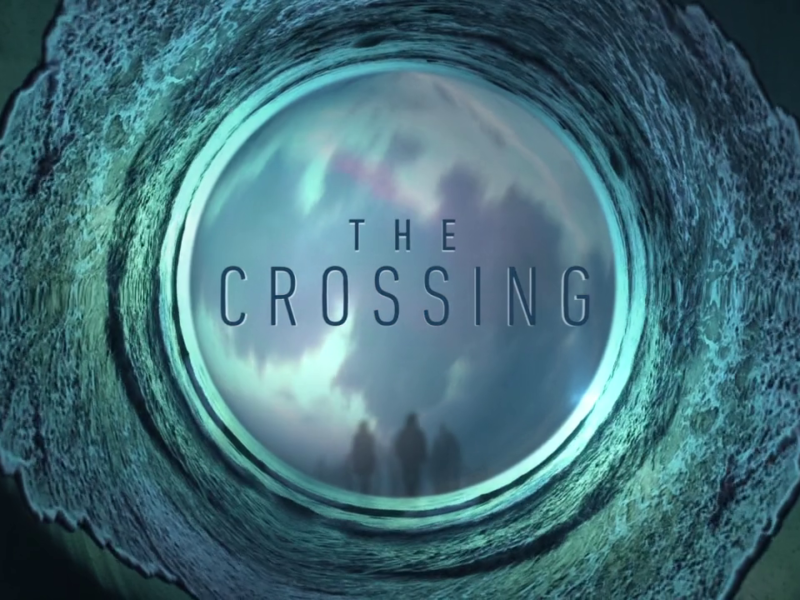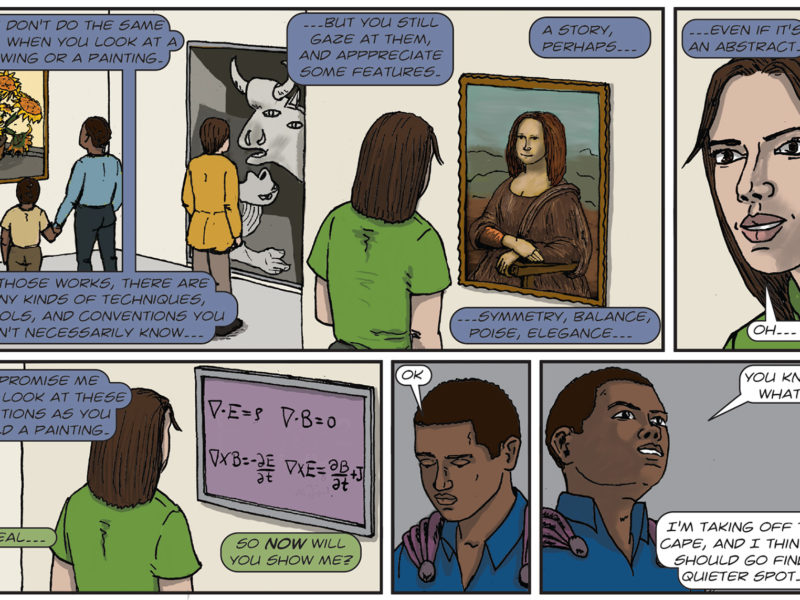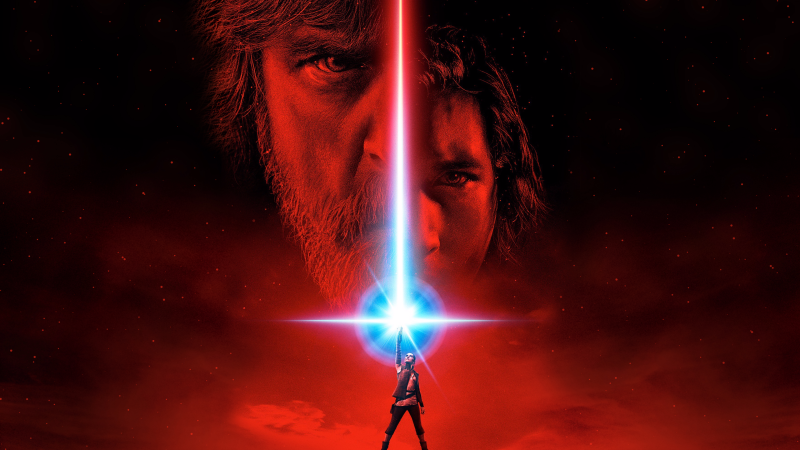The latest trailer to the new Ghostbusters came out last week and fan response has been resoundingly negative. Within hours of release, the trailer had garnered twice as many dislikes to likes on YouTube. While vitriol from fans is expected, the 1984 movie is a classic, so the almost 1-to-2 like to dislike ratio is surprising. I would even go as far to say that no trailer has ever received so much anger from fans.
Though the new Ghostbusters team are women, there are plans to introduce a movie featuring an all-male team, as well as an animated film. These new films are being produced by the Sony sub-company, Ghost Corps, which will all be part of a shared multiverse. Much of the fan outrage has to do with the quality of the trailer itself (and there are honest problems with it) with many fans promising never to see the movie. This is somewhat extreme as the people who make trailers often have nothing to do with the movie itself.
The new Ghostbusters is one of the many recent films to come out with females playing the lead heroic role. Star Wars: The Force Awakens, which starred Daisy Ridley, was a critical success. This is important.
Socializing Girls to Seek Bravery, Not Perfection
Reshma Saujani, the founder of Girls who Code, in her recent Ted-Talk, Teach girls bravery, not perfection said that:
“Most girls are taught to avoid risk and failure. We're taught to smile pretty, play it safe, get all A's. Boys, on the other hand, are taught to play rough, swing high, crawl to the top of the monkey bars and then just jump off headfirst. And by the time they're adults, whether they're negotiating a raise or even asking someone out on a date, they're habituated to take risk after risk. They're rewarded for it.”
This is a problem. Saujani explains that she is worried there is a bravery deficit and our economy is losing out because we are not raising our girls to be brave. This "bravery deficit" is the reason why women are underrepresented in STEM, in C-suites, in boardrooms, in Congress, and pretty much everywhere you look.
In the 1980s, psychologist Carol Dweck looked at how bright fifth graders handled an assignment that was too difficult for them. She found that bright girls were quick to give up, and the higher the IQ, the more likely they were to give up. Boys, on the other hand, found difficult material to be challenging and energizing. They were more likely to redouble their efforts when confronted by a challenging problem.
Saujani notes this fear manifests as a "perfection or bust" mentality. Girls Who Code teachers report that girls asking for help with their computer code would often see a blank text editor. When a teacher presses undo several times, the teacher will see that girls often wrote code and then deleted it. Students try, come close, but did not get it exactly right. Instead of showing the progress they have already made, girls often show nothing at all. Saujani says that:
“We have to begin to undo the socialization of perfection, but we've got to combine it with building a sisterhood that lets girls know that they are not alone. Because trying harder is not going to fix a broken system. ”
We need to get girls willing to take risks, and support them when they fail, in much the same way we do with boys. Girls need to be taught to be brave in schools and early in their careers, when it has the most potential to impact their lives and the lives of others.
Playing on the Superhero Narrative
As we have learned in my recent article, Understanding The Visual Narrative of Comics, the "superhero" narrative is a unique facet of American culture and storytelling. Heroes through sheer will and determination manage to succeed but usually at considerable cost and sacrifice to themselves. It is usually not until the middle of the third-act that the hero is able to overcome all obstacles. As Danny Fingertoth says in his book, Superman on the Couch: What Superheroes Really Tell Us about Ourselves and Our Society:
“...a hero is someone who rises above his or her fears and limitations to achieve something extraordinary ... a hero embodies what we believe is best in ourselves”
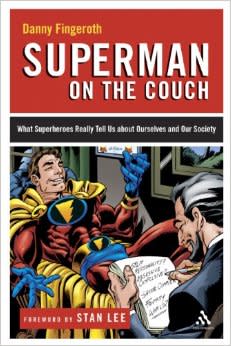
Heroes in American story-telling tend to be male. This does not mean that there are no good movies featuring female-centered heroic characters. Films include Mad Max: Fury Road, Edge of Tomorrow, La Femme Nikita and Kill Bill, Vols. 1 & 2 to name a few are all movies that feature females as the protagonist. Even more recent is Star Wars: The Force Awakens. Quite often, these movies are the exception rather than the norm.
In the end, despite the odds, superheroes always win (well, almost). This inspires us because we see ourselves in the heroes we love, or at least try to because we hope to emulate many of the qualities we find. Whether that character looks like us matters. One of the biggest problems of girls in Science, Technology, Engineering and Math (STEM) is a lack of identifiable role models, or a lack of women in the fields they would like to pursue.
Ghostbusters is a SCIENCE movie first and a comedy second
While the most ardent Ghostbuster fan will see the movies as comedy, the movies are primarily science based. In both movies, the main characters's language is peppered with scientific terms. For example, Ray Stantz (Dan Aykroyd) uses the term "Rankine" when using the spectral analyzer on some pictures (ok, that makes no sense) of Vigo with Egon Spengler (Harold Ramis). The team also carry portable particle accelerators that, until recently, were not possible!
The new team are also as adept in the sciences. Erin Gilbert (Kristen Wiig) is a particle physicist, and Jillian Holtzmann (Kate McKinnon) plays a nuclear engineer who designs what looks like a ghost bear trap. Seeing a woman who can handle Feynman diagrams, spin-couplings, and Supergravity (SUGRA) equations makes the field seem more accessible to young girls.
Marvel recognizes how important these roles can be. Jane Foster (Natalie Portman) was changed from a nurse to an astrophysicist in the movie Thor to make the science more accessible to audiences; Foster was a nurse in the comics. Seeing the potential of the character to influence young girls, Disney launched the Seeking the Next Jane Foster competition during Thor: The Dark World with the goal to mentor girls in STEM. More recently, Marvel Entertainment has launched an internship opportunity that ties in with the upcoming Captain America: Civil War to encourage girls to pursue STEM fields. Between now and March 26th, students can submit ideas via video upload for a chance at one of five finalist spots.
The Trailer and the Movie have Nothing to do with Each Other
Here's the thing. Making a trailer has little, or nothing, to do with the making of the movie itself. That part is usually done by a separate company and we can not judge the quality of a movie solely on the trailer itself. While actual footage from the film is used to make the trailer, this is a separate process from making the film itself. If we did then we can expect Captain America: Civil War and Batman v. Superman: Dawn of Justice to be terrible movies; they both put out mediocre first trailers. Judging and deciding to never see the new movie solely on this is premature.
The outcry is somewhat understandable. The Ghostbusters movies are considered a classic and many people's childhood memories are tied to this franchise; messing with this affects and violates people in a very intimate way. For better or worse, when we revisit previous franchises, they need to be redefined, and reimaged. The Ghostbusters are very much a product of the 80s. As much as we hate changing that image, we live in a very different world today. Yes, we love Ghostbusters just the way they are but there is no way characters from the 80s could be exciting or relevant if they were simply redone in the exact same way today.
Changing the team could do that. In the original, while the team were all scientists (I am going by The Real Ghostbusters), much of the science was there for comedic value. From the trailer, it looks like it will play a more prominent and serious role. This can inspire and capture the imagination of today's generation and do better than the originals and is all the more reason that we should not judge a movie by its trailer.

